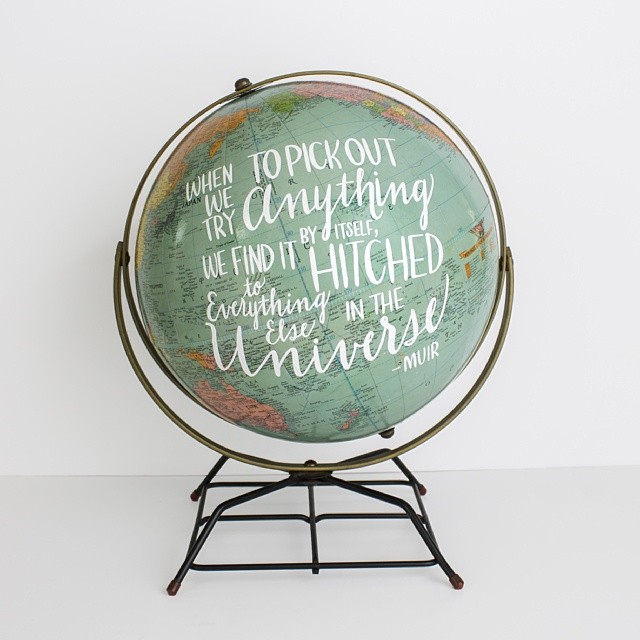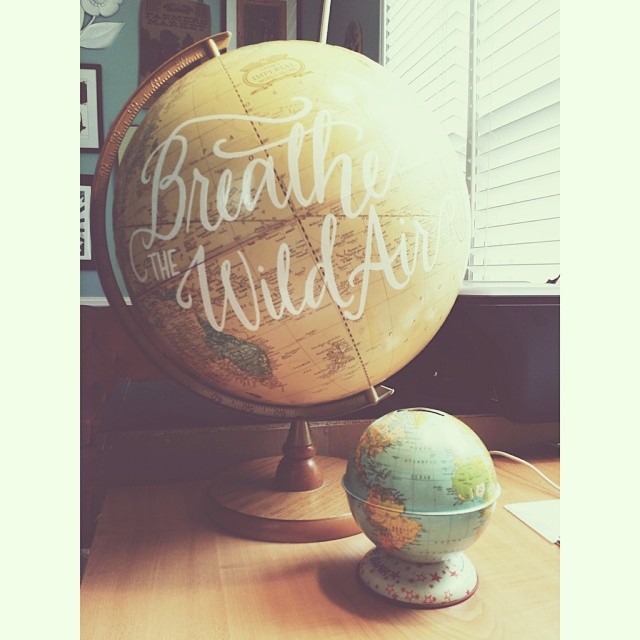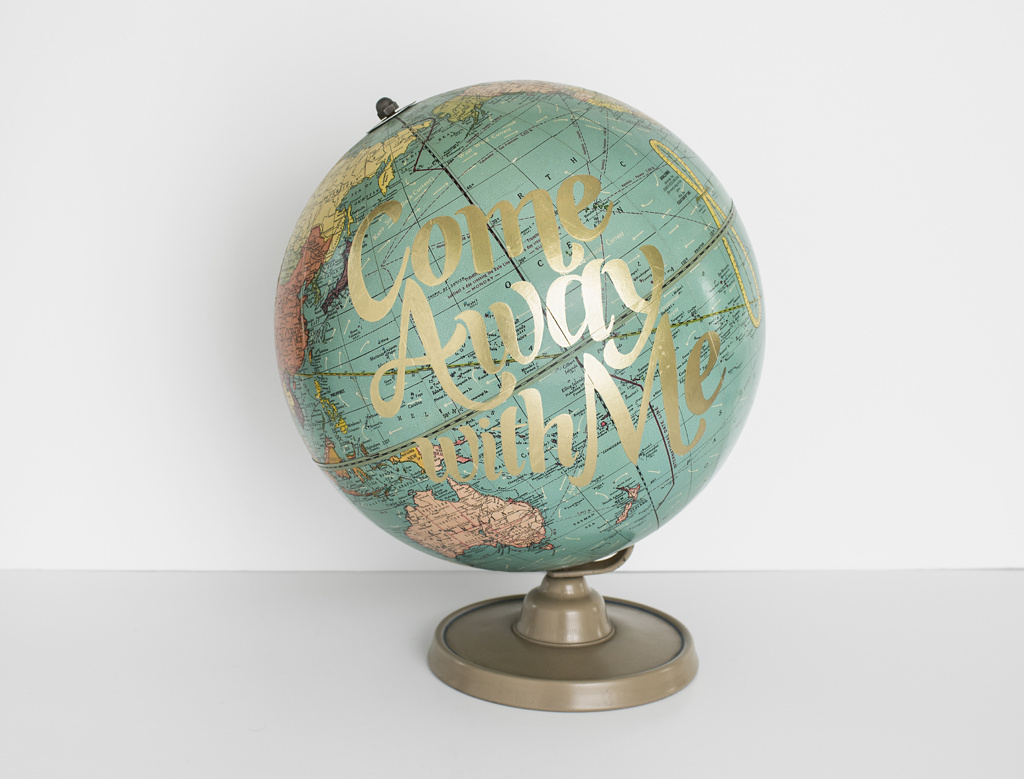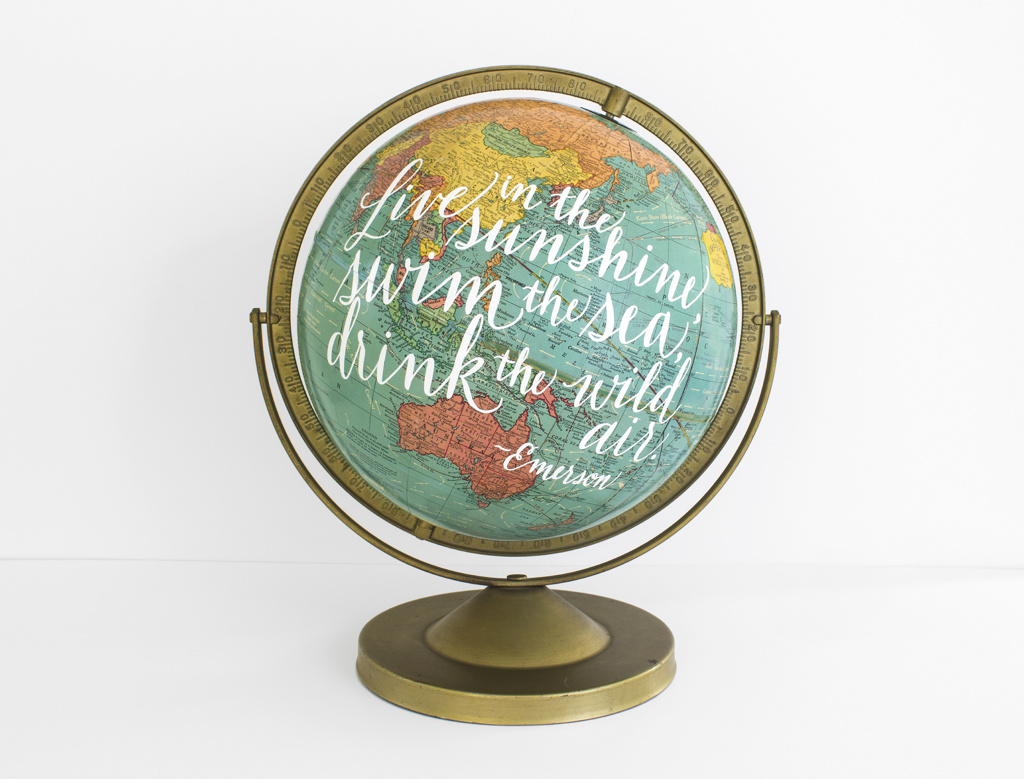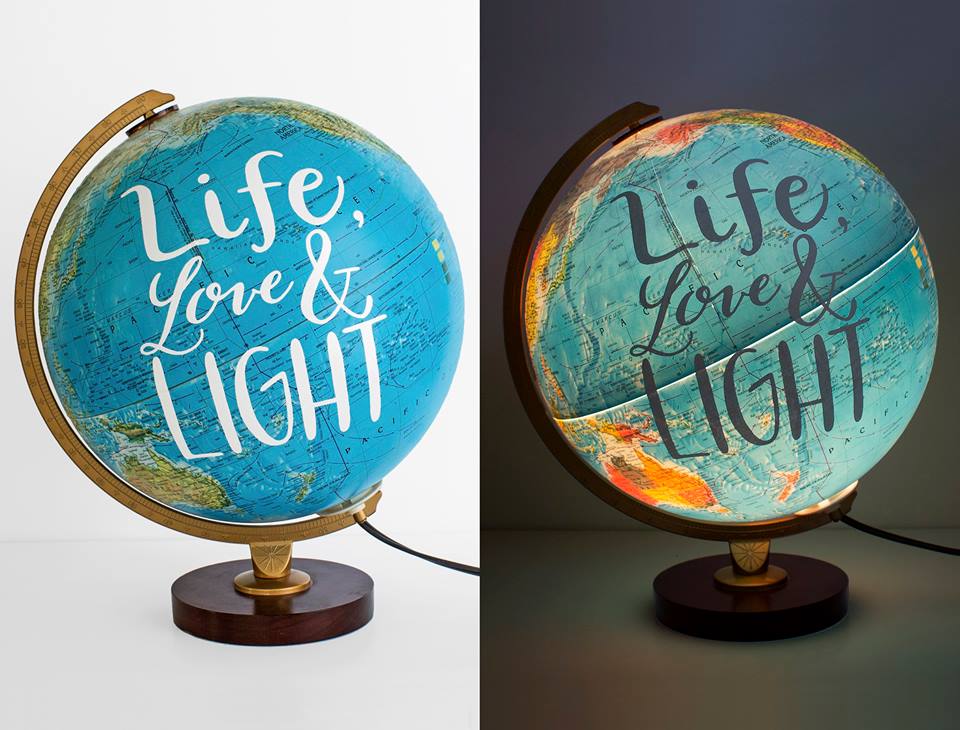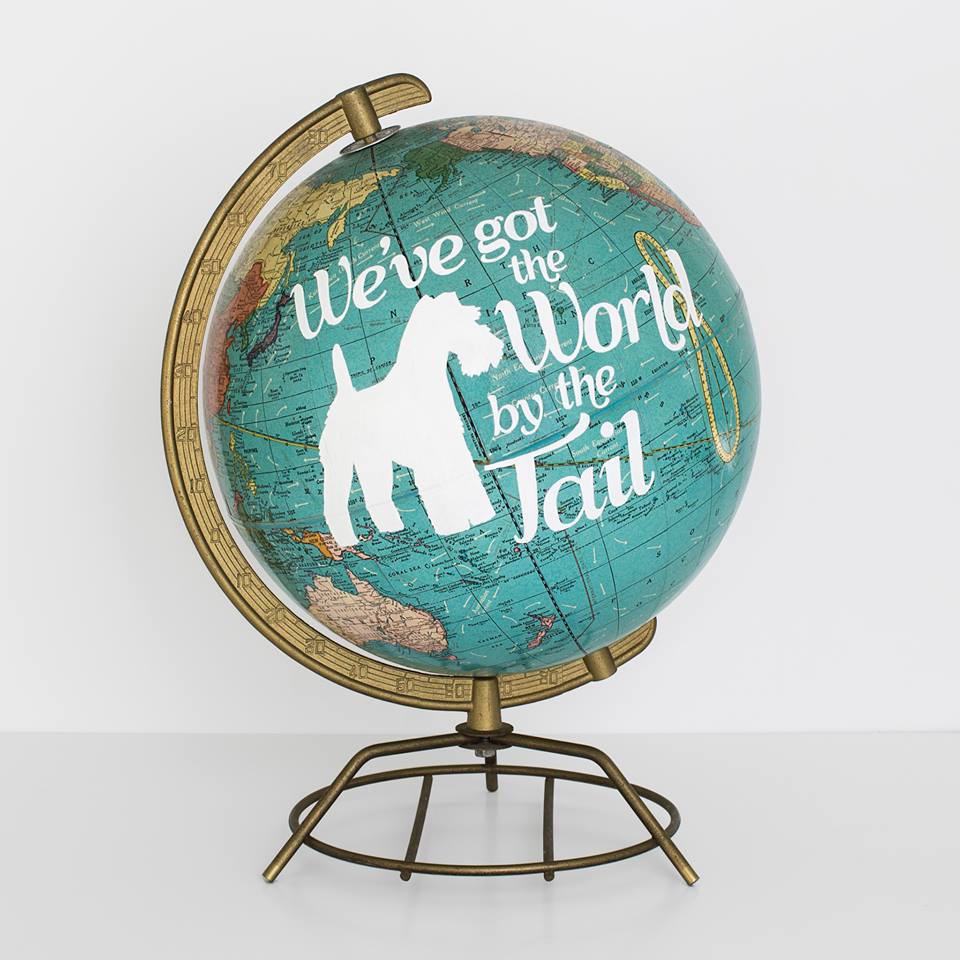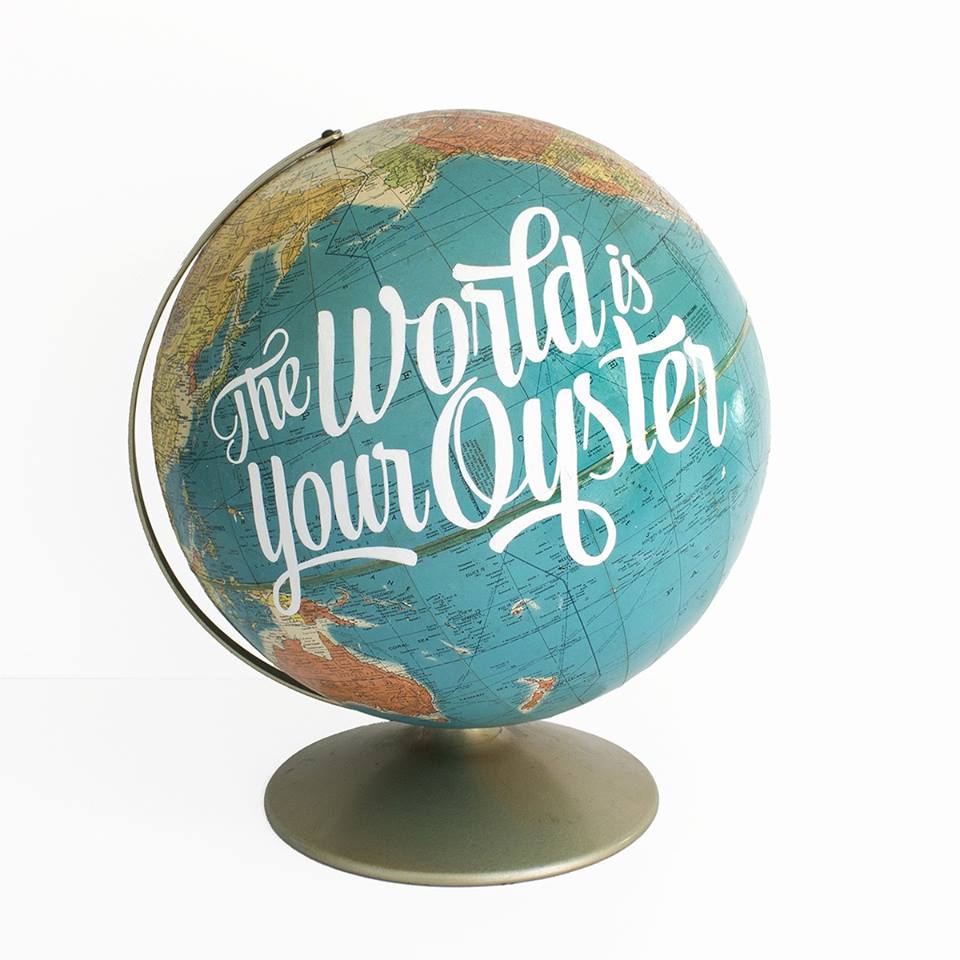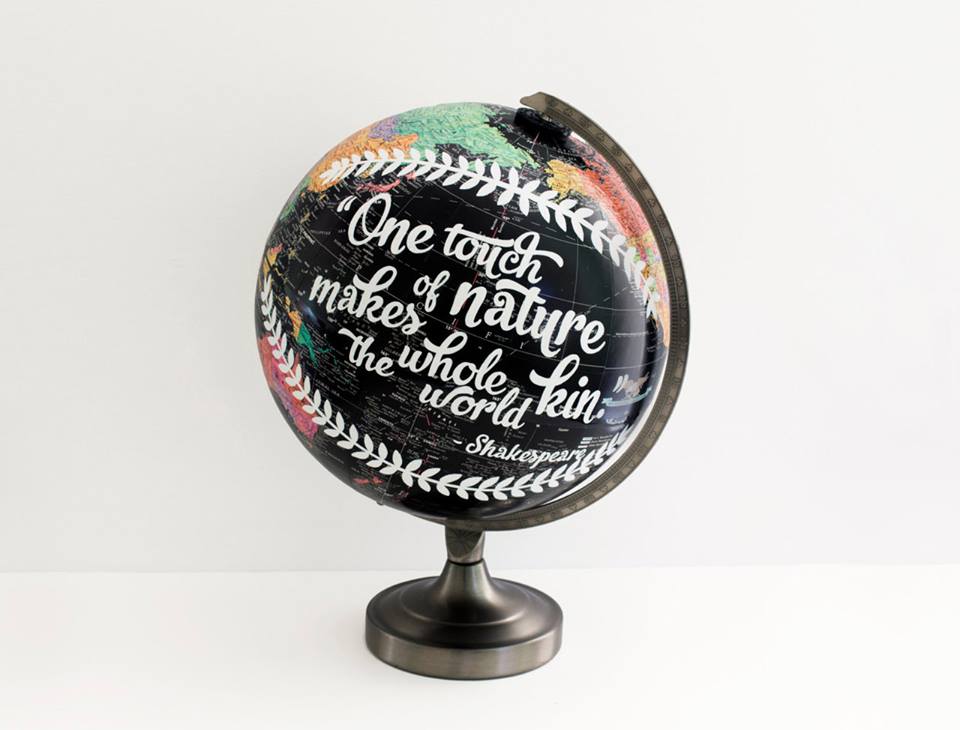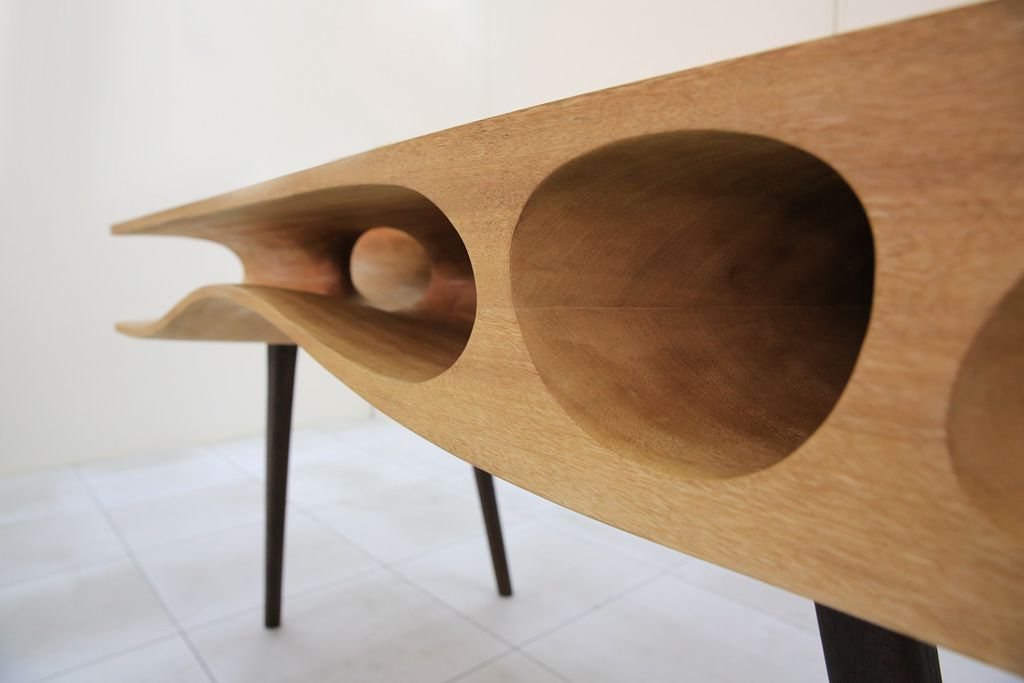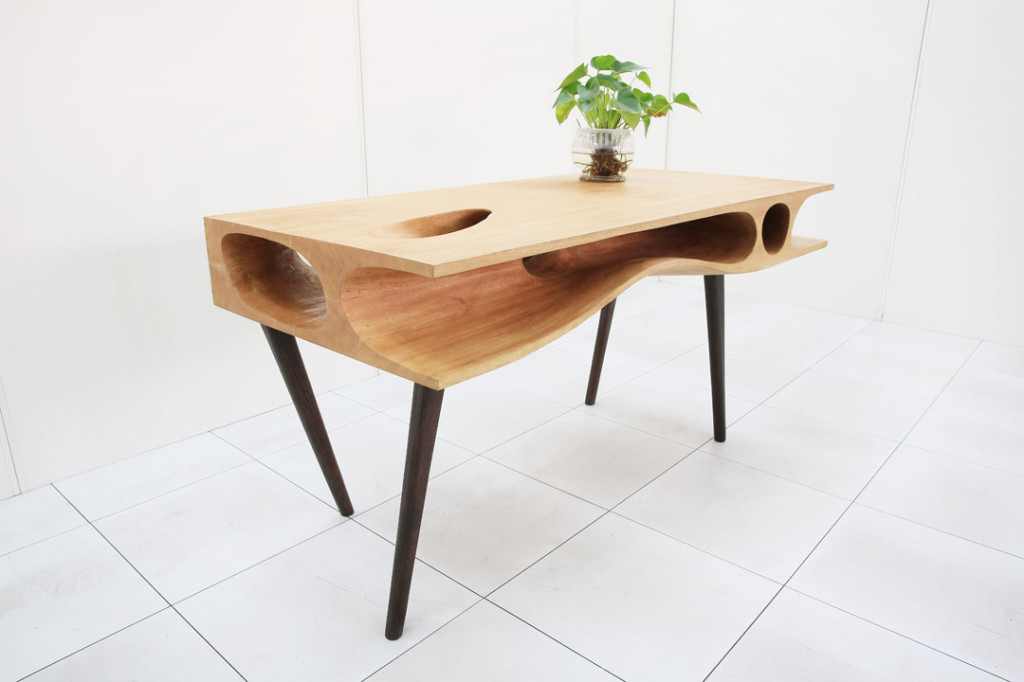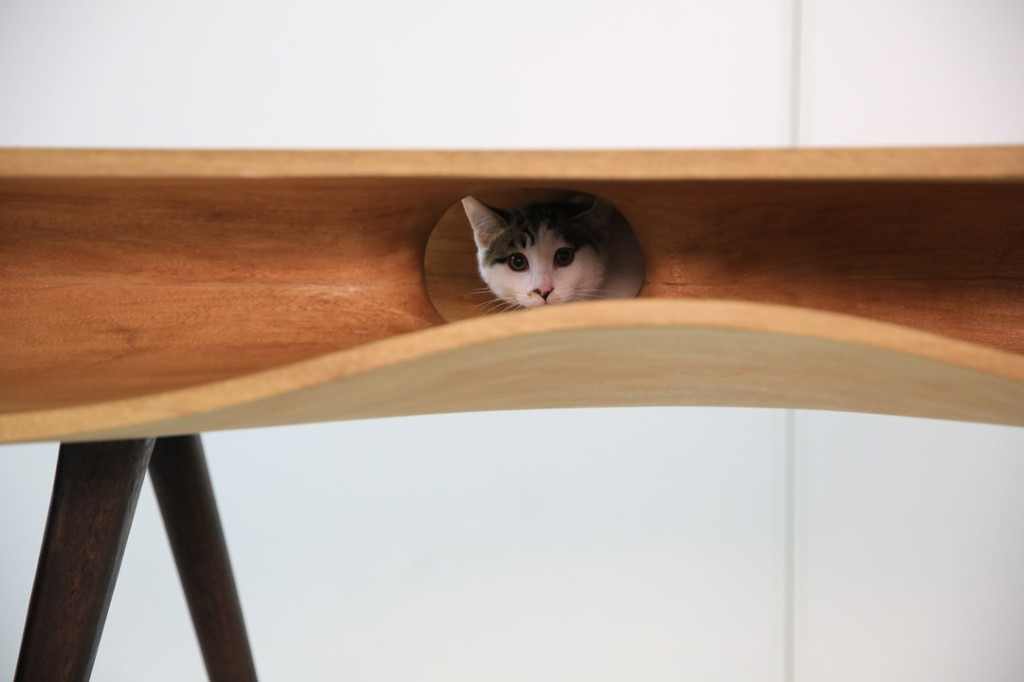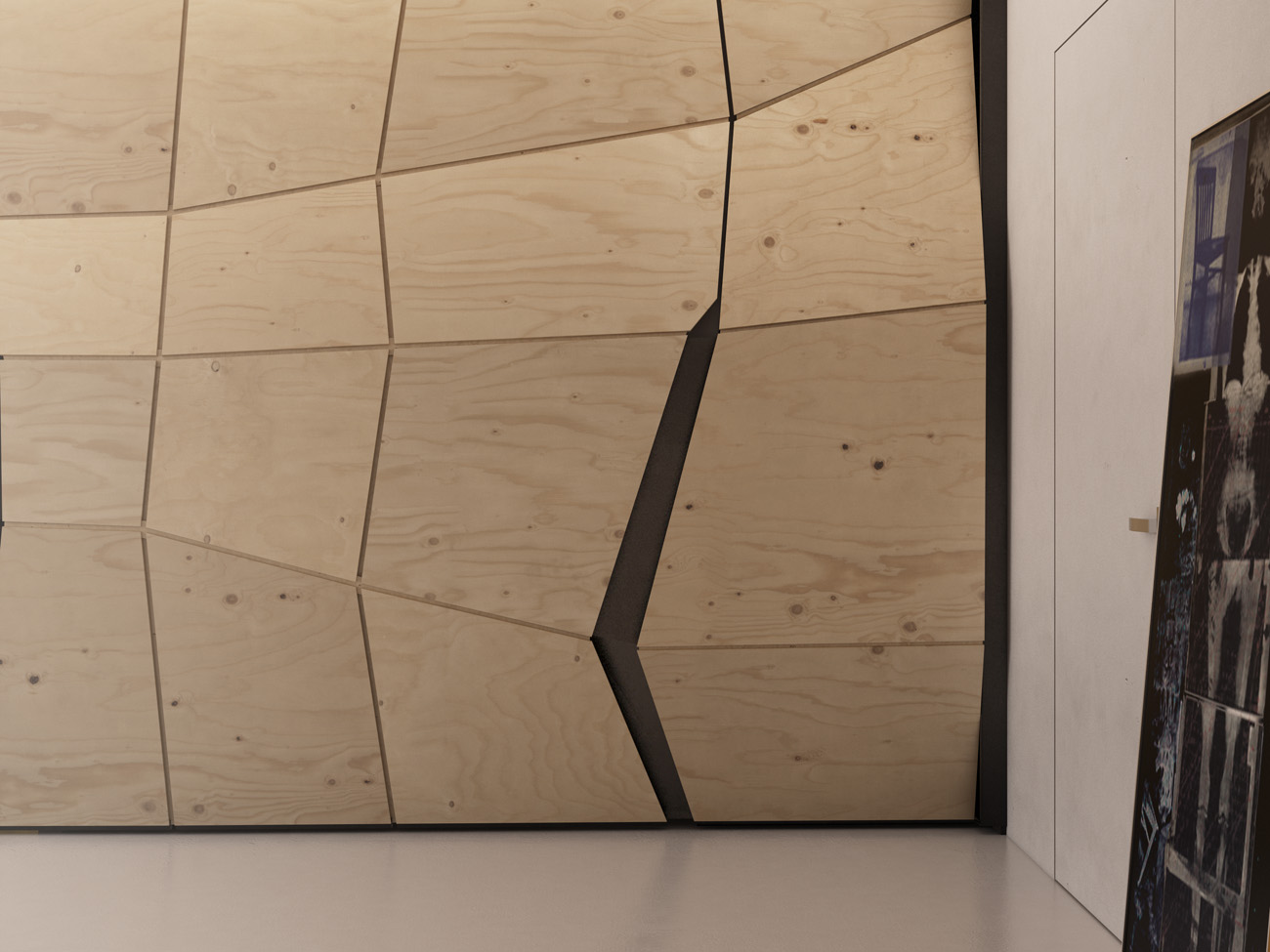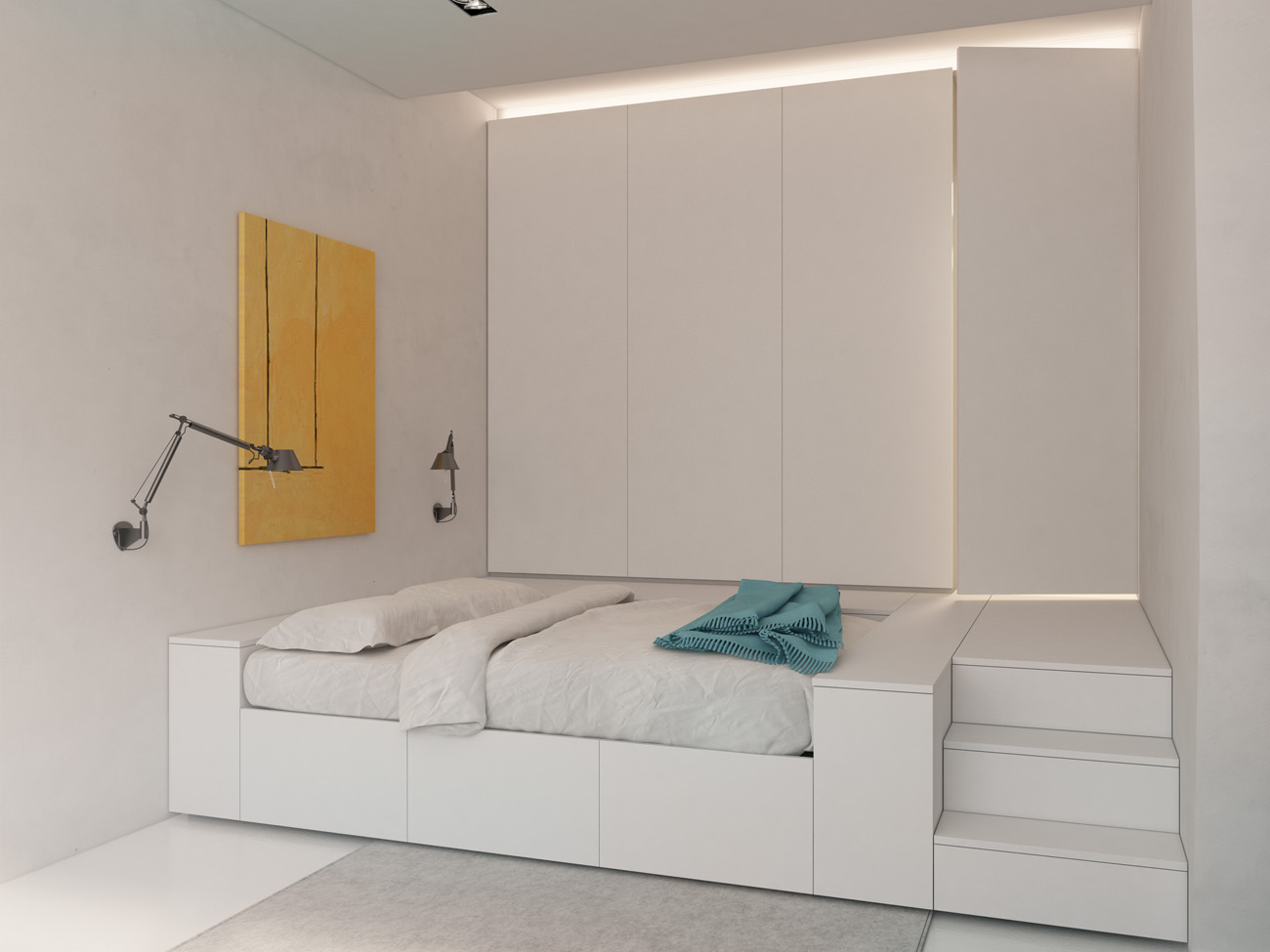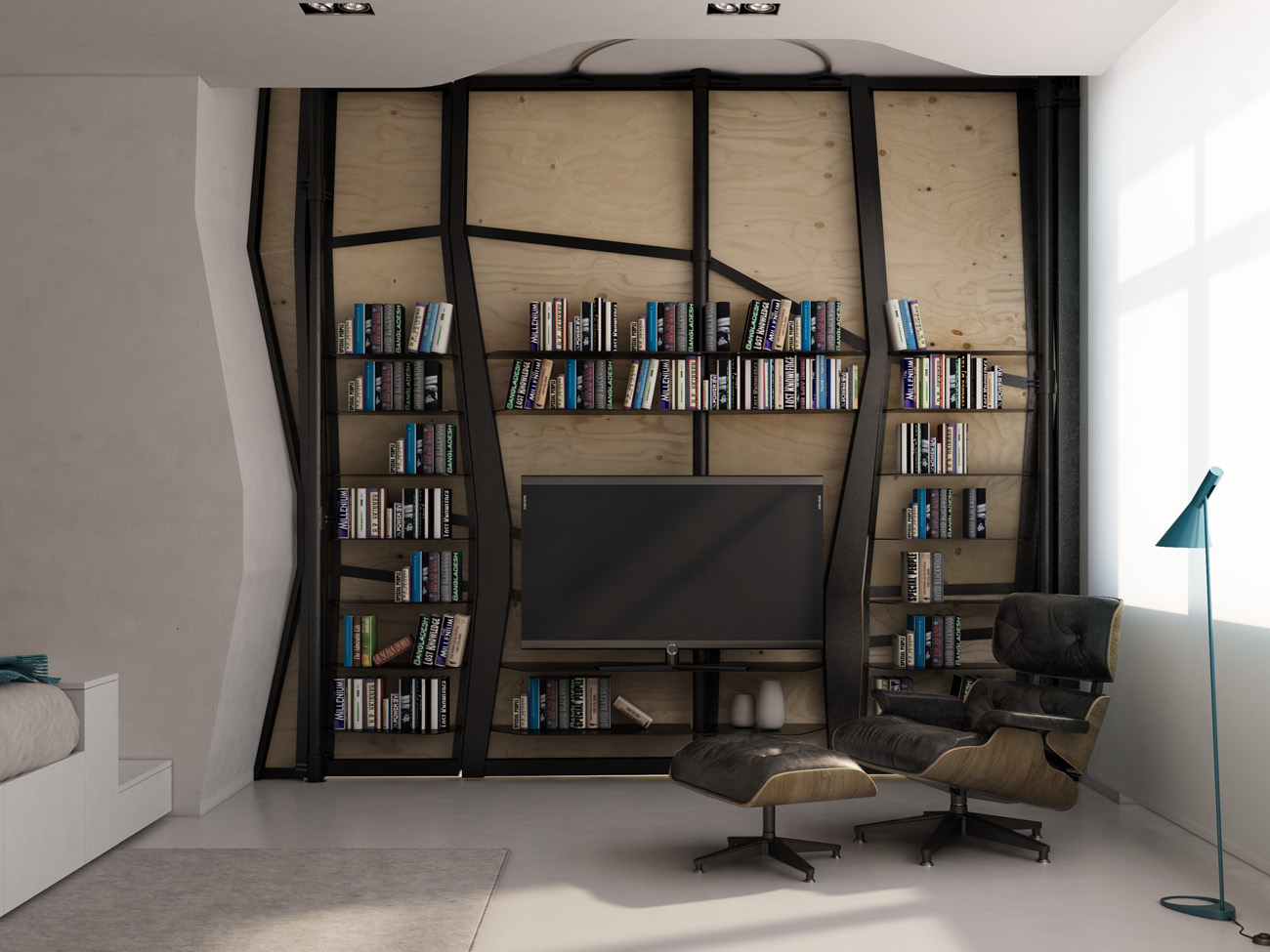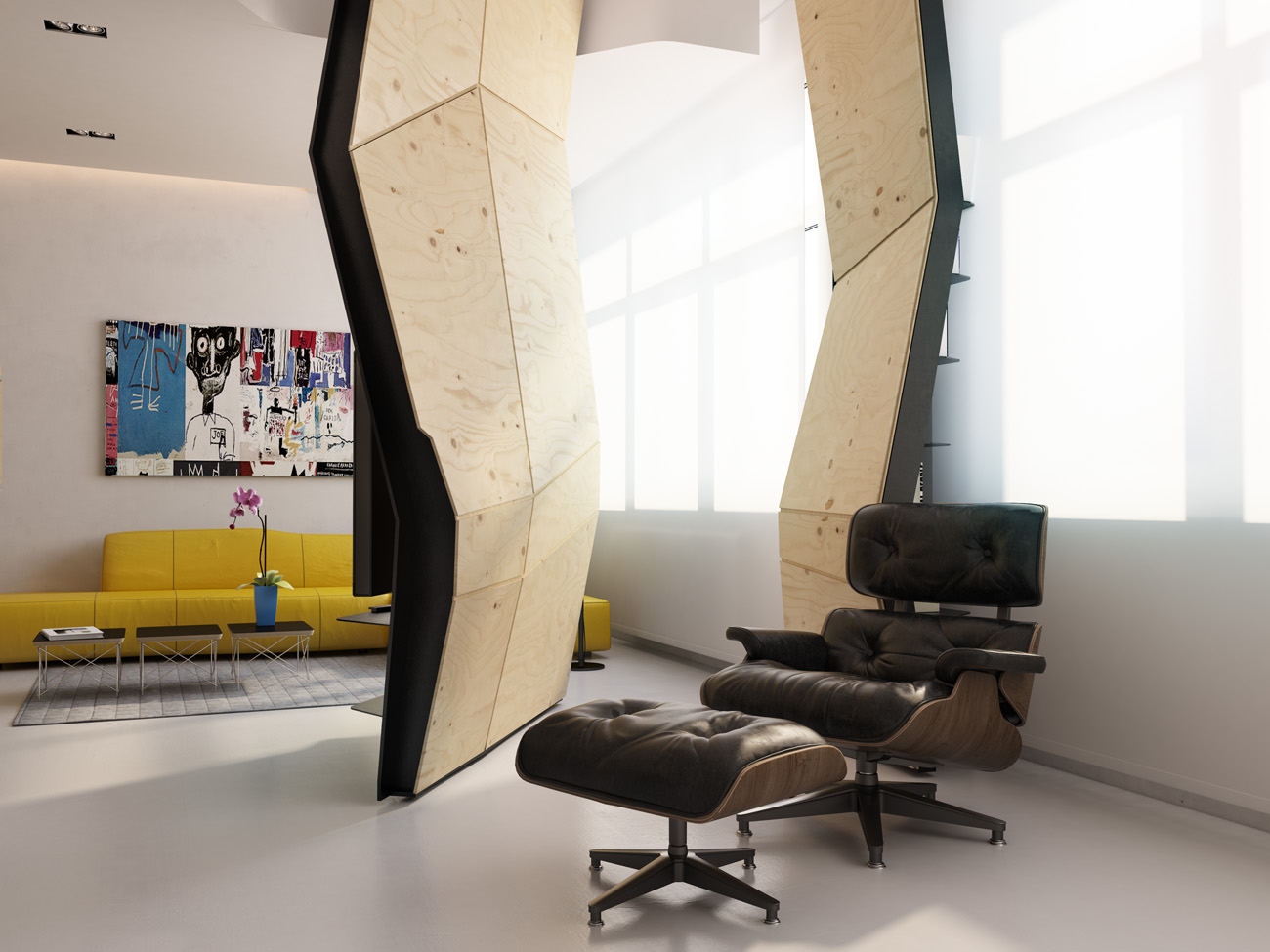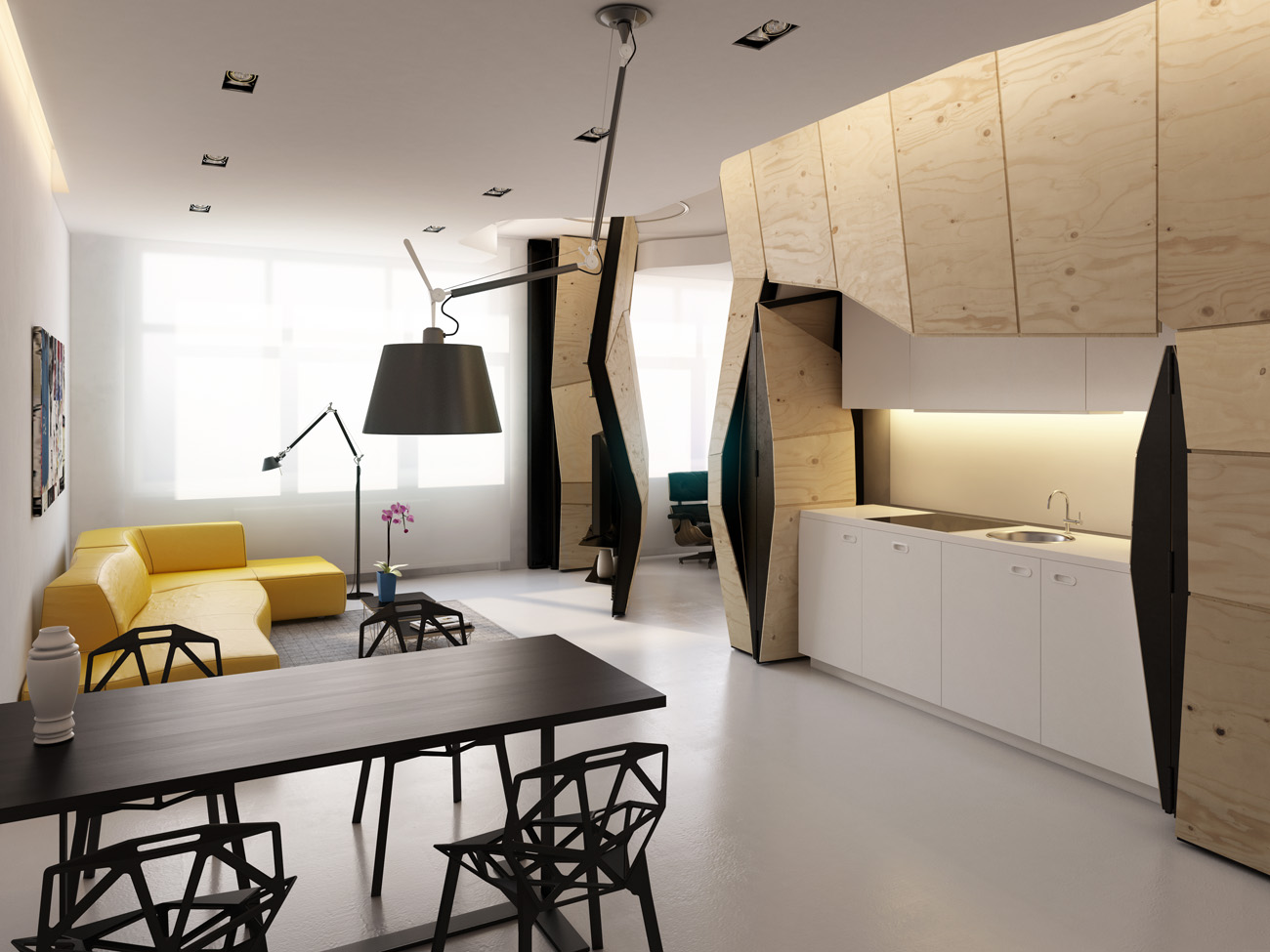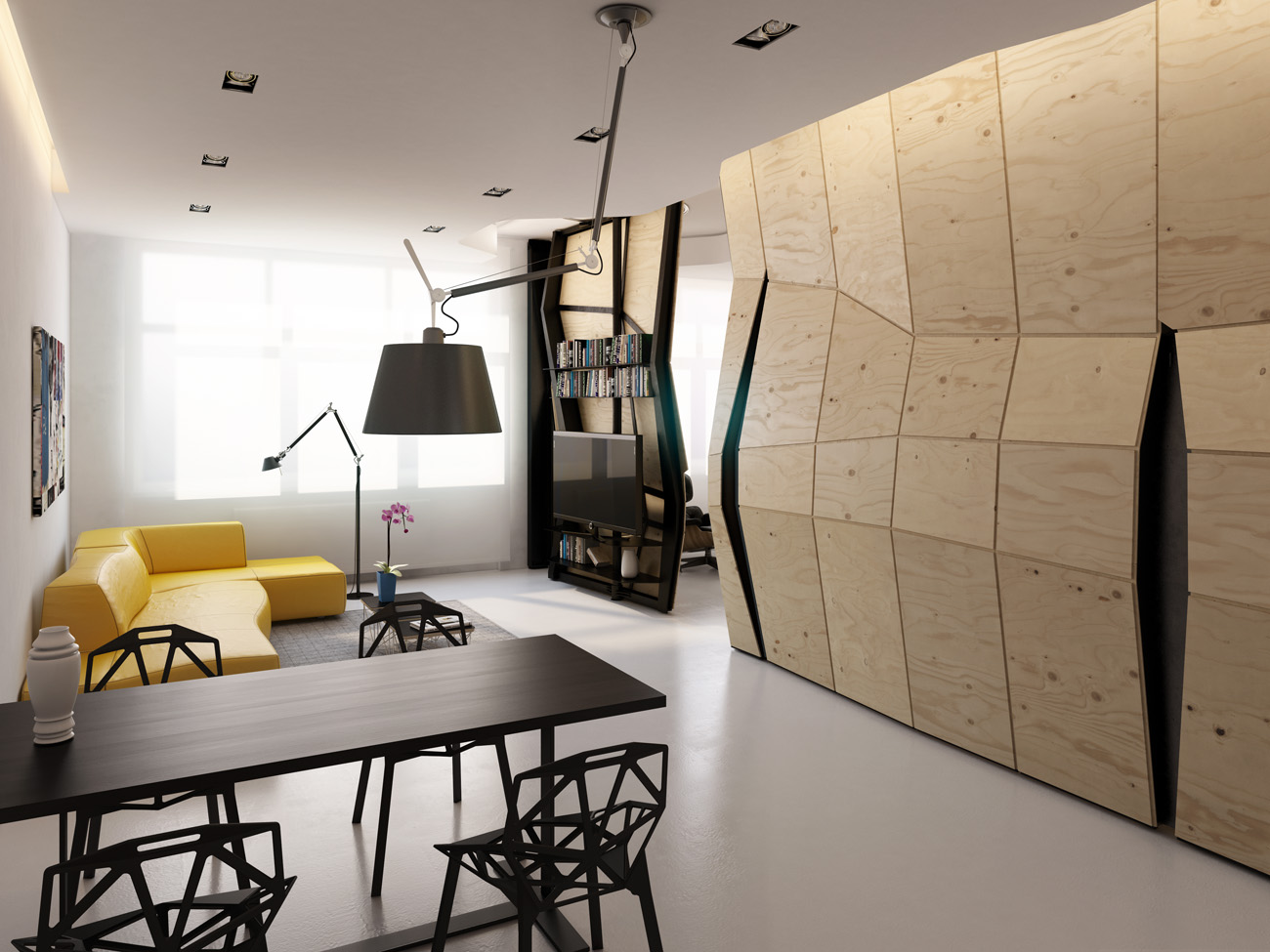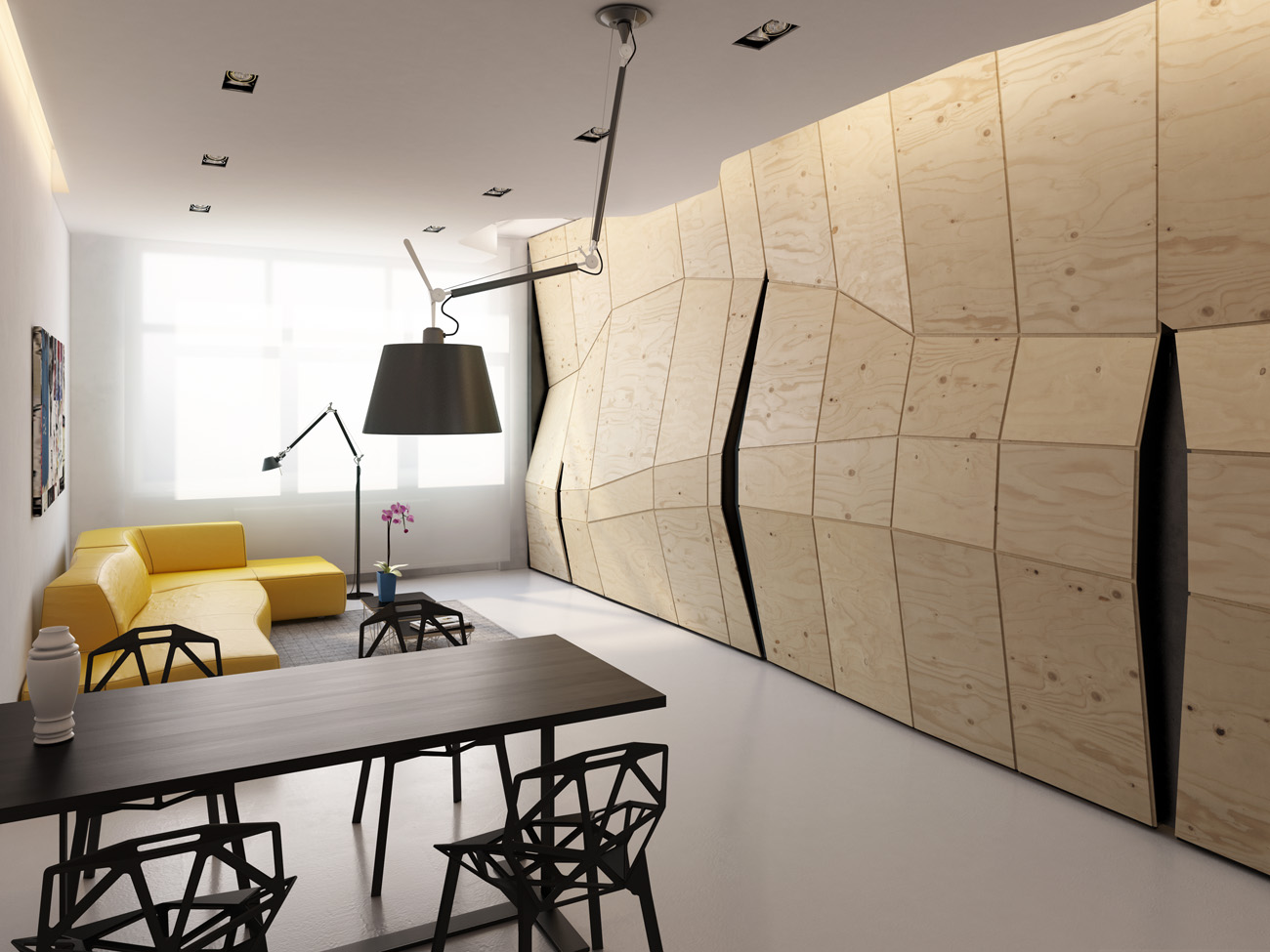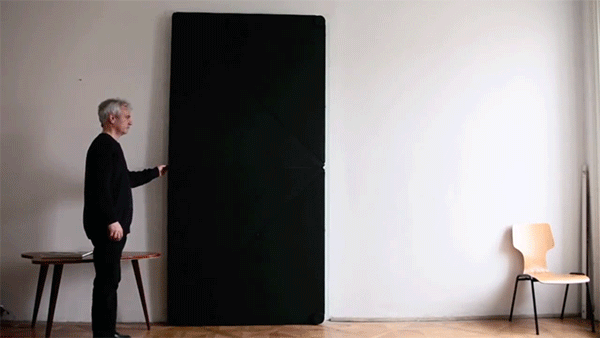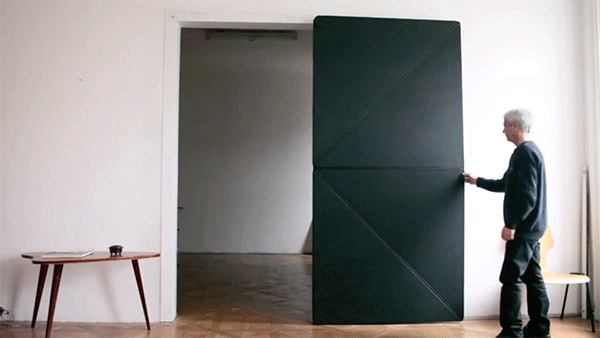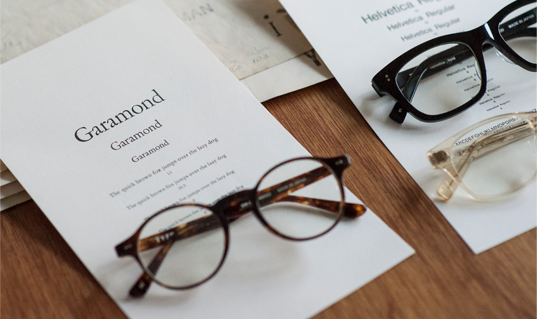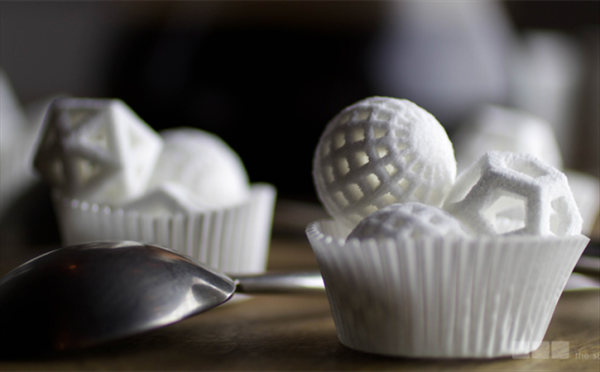IZBA: Russian designers exploring traditional culture of living
Izba is a curated project presenting 8 independent Russian designers. Earlier this April the group debuted with curated projects during Milan design week in Ventura Lambrate district. The idea of the project was to research and rethink old Russian traditions. Quoting IZBA's press-release below:
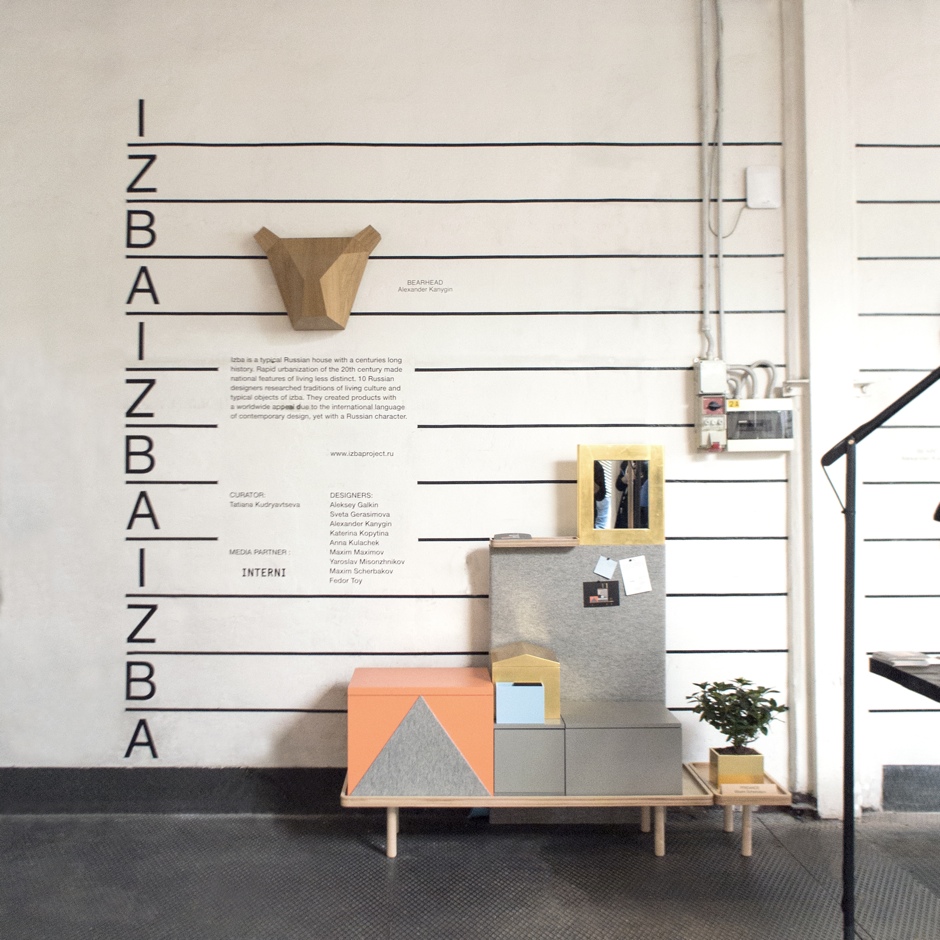
"The project takes its name after a typically Russian dwelling, izba. It was a home for the most of people living on the territory of modern Russia since ancient times and up to the beginning of 20th century. Rapid urbanization made national features of living less distinct. However, in rural areas you can find izba even today. Its basic principles of construction and interior remain unchanged through the centuries. Fascinated by this fact, designers explored in details living in izba. Archetypes of typical items found in izba became a starting point for creating contemporary design products. Far away from nostalgic remakes, these products rethink historical heritage in the terms of living today. Thanks to universal language of design, they are objects with worldwide appeal, yet with a distinct Russian character.
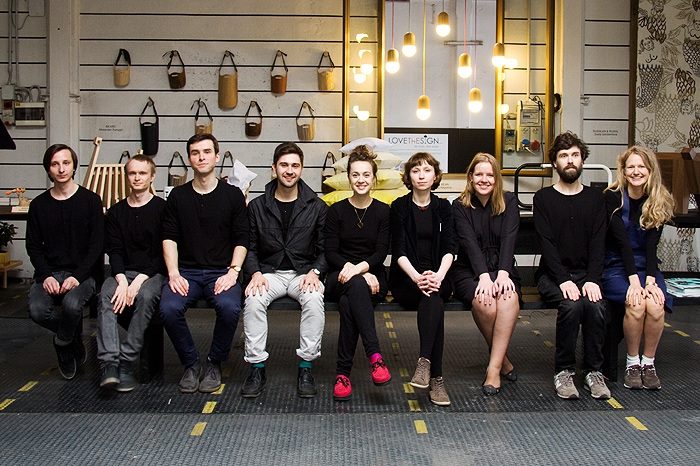
Project curator Tatiana Kudryavtseva gathered notable product designers from Saint-Petersburg and Moscow. They are young, but already have an experience of participating in international design exhibitions, are winners of prestigious contests, their projects were published in Russian and international press. They are: product designers Aleksey Galkin, Alexnder Kanygin, Katerina Kopytina, Maxim Maximov, Yaroslav Misonzhnikov, Maxim Scherbakov, Anna Druzhinina at Fedor Toy; textile designer Sveta Gerasimova. Anna Kulachek, graphic designer currently working on the identity of Polytechnic Museum of Moscow, became a part of the team and designed project identity, referring to construction principles of izba house. IZBA is the first big-scale curated project dedicated to Russian design.
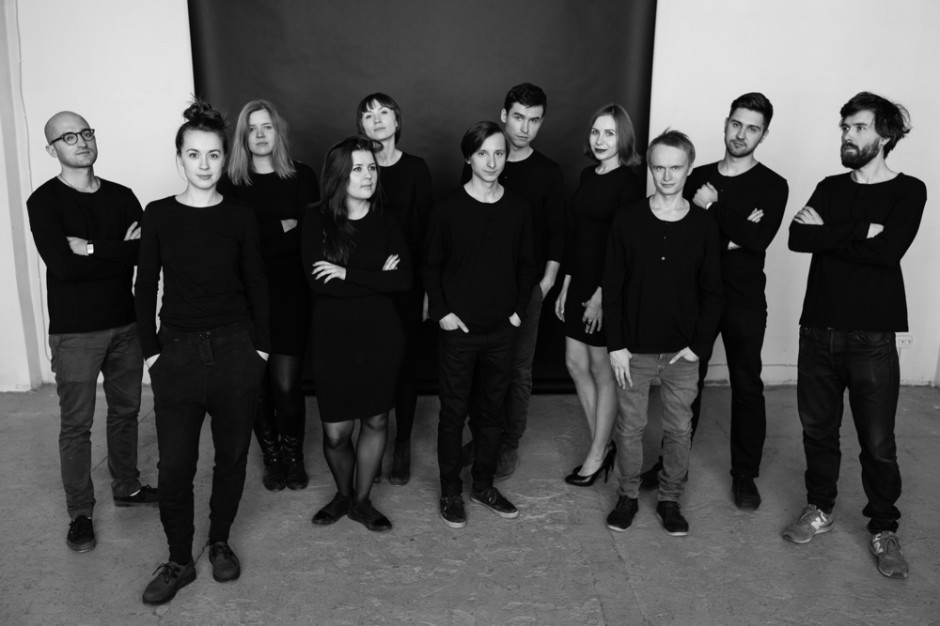
Not only the objects, but also the stand of the project exhibition in Milan referred to ideas of traditional dwelling. Stand layout was build according to the main principles of space organization in izba, huge table and benches that used to gather a big family became a display for smaller objects and were welcoming visitors to sit down and have some rest after the long walks they took through all the venues of the Milan show."
Maxim Maximov
Red Corner
Traditionally, red is the color associated with beauty in Russian culture. Red corner, the corner you see immediately when you enter the room, is the most important and honorary place in a traditional Russian dwelling. It is the place for icons, praying and the most important things in the house. Nowadays red corner has lost its initial meaning. Maxim Maximov made his aim to understand what is important for people today. Red Corner shelf provides a perfect management for a corner space. What is the most important thing for you?
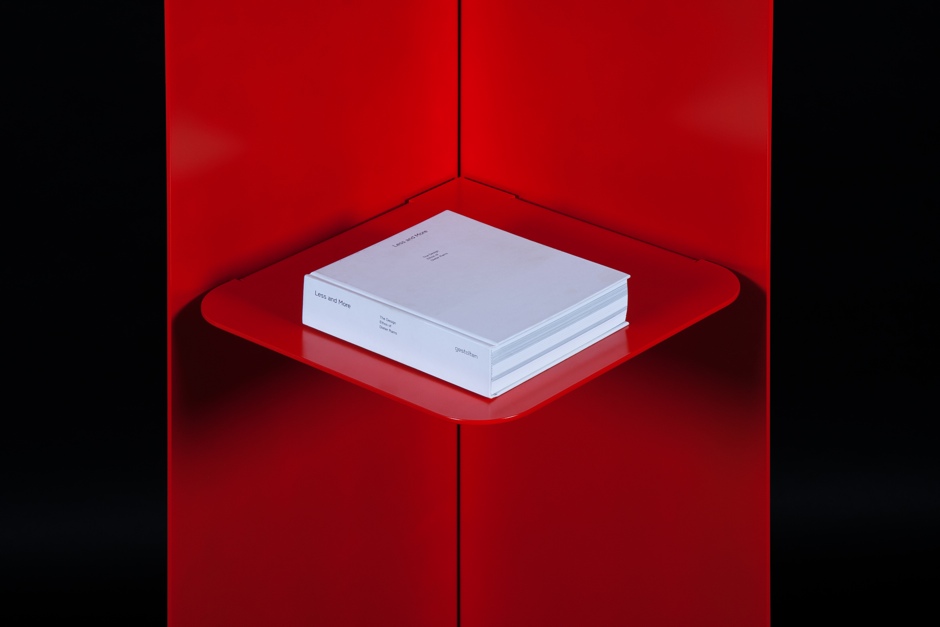
Katerina Kopytina
Svetets Svetets is a holder for luchina, a burning wooden sliver. Together they were lighting the dwelling in Russian villages up to the beginning of the 20th century. Svetets by Katerina Kopytina is a base for pendant light, transforming it into a floor lamp.
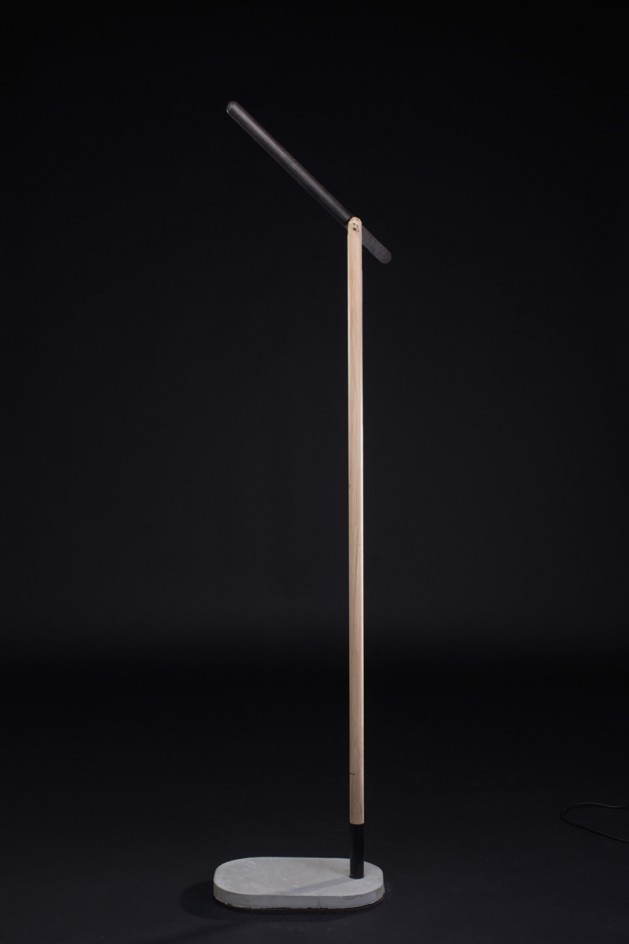
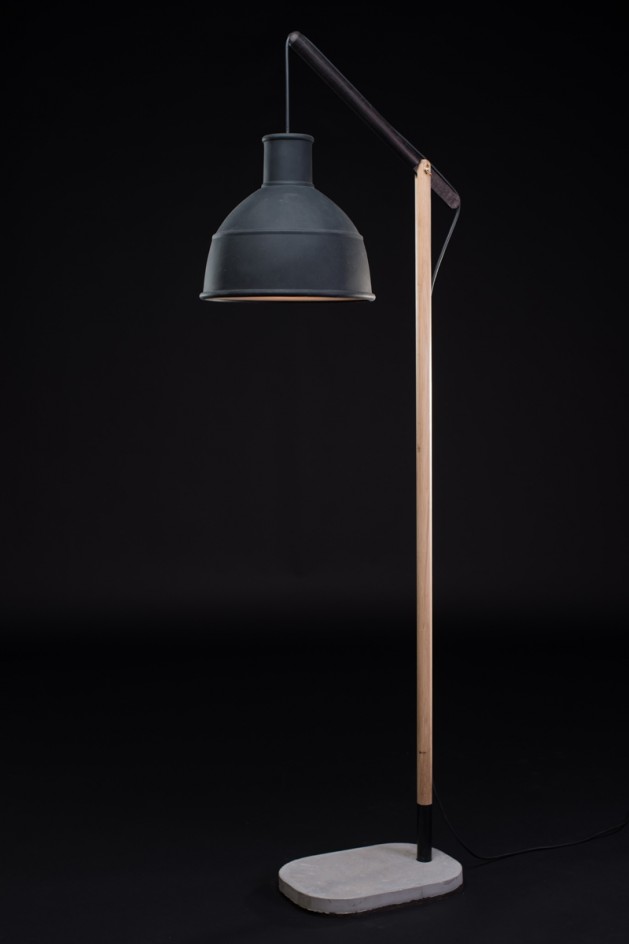
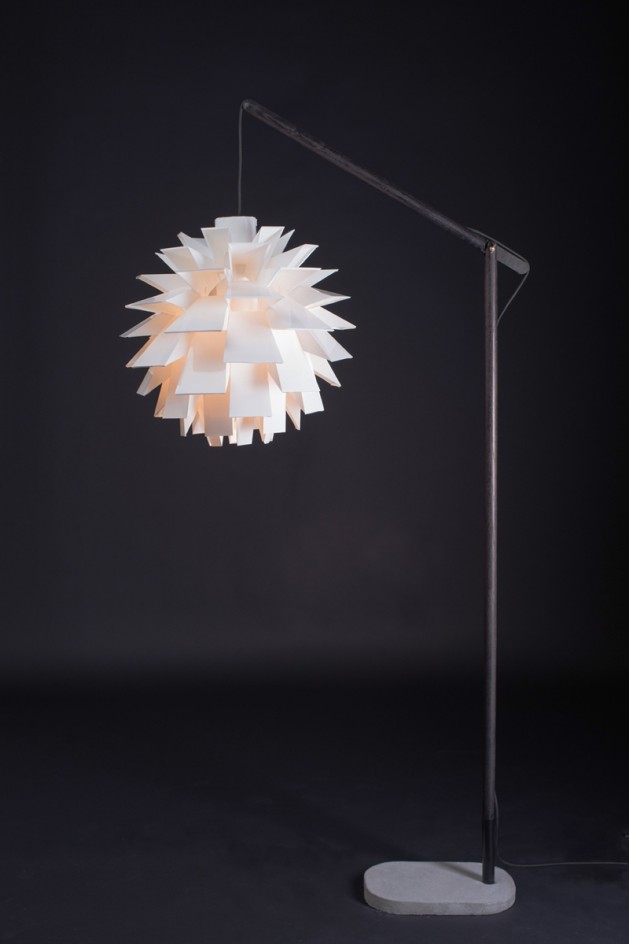
Alexander Kanygin
Beard This object and accessory is inspired by one of the symbols of patriarchal Russia. Wearing beards was obligatory for all men in Russia up to the end of the 17th century. A fine presumed in the legal codex of the 11th century for the damage of another man’s beard was only three times less than a fine for a murder. In the end of the 17th century Peter the Great, who pursued Western style of living, announced wearing beards illegal in towns. In the 19th century beards came back with the ideas of Slavophiles. Many famous Russian philosophers and writers chose to wear beards, for example Leo Tolstoy and Anton Chekhov. Now you can try how it feels before growing your own.
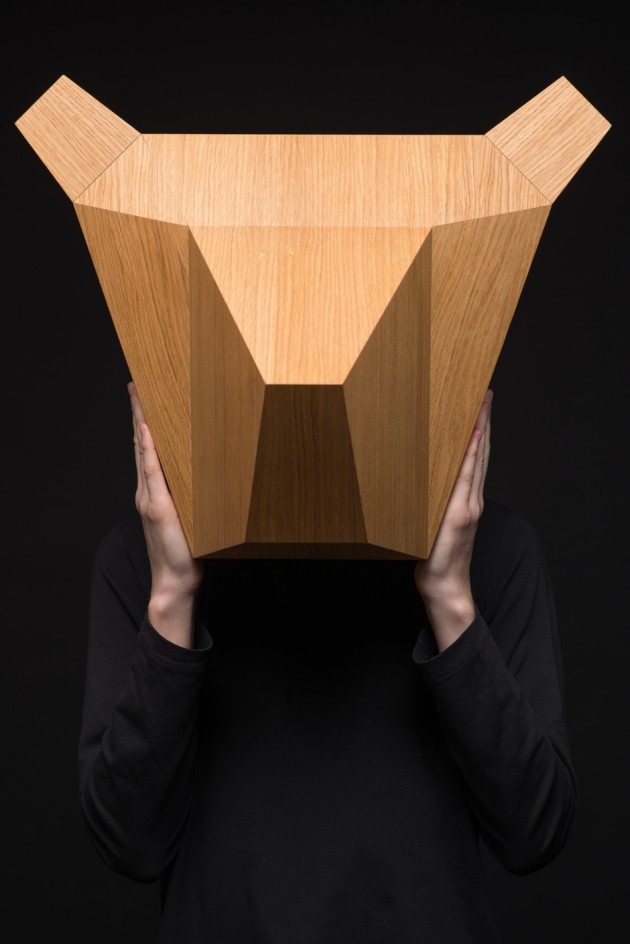
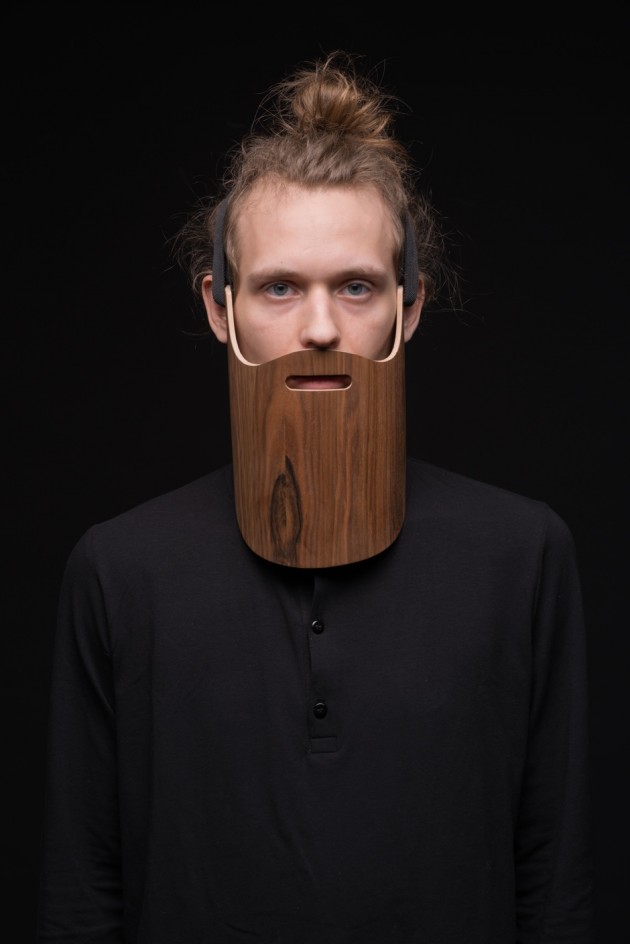
Gorynych
The hero of Russian folk tales, a dangerous dragon with three heads, became a peaceful toy for children.
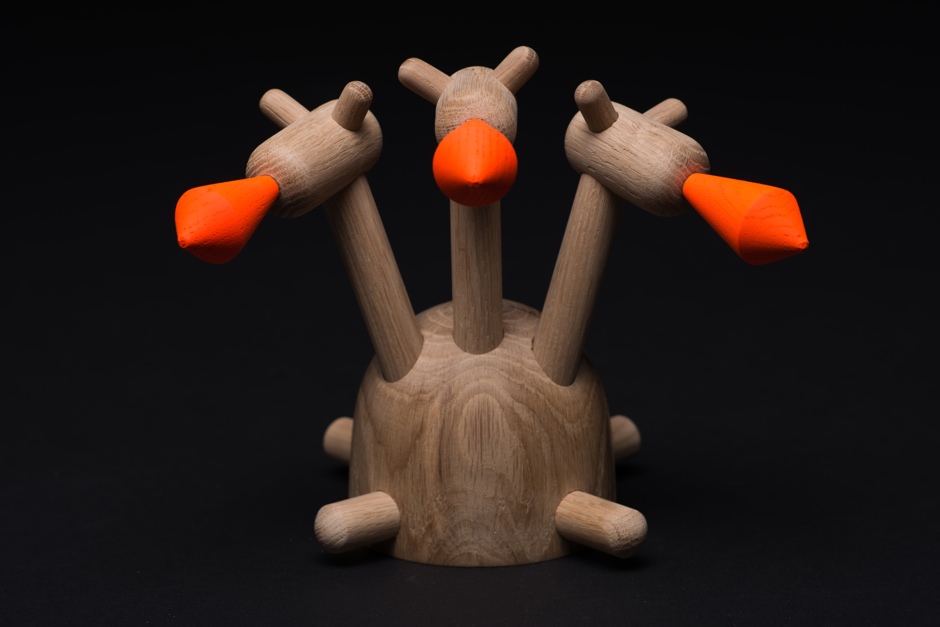
Anya Druzhinina (Fёdor Toy)
Gorka Many Russian people remember from their childhood a pyramid of pillows decorating the bed in their granny’s house. Anya designed one pillowcase for several pillows, making this pyramid a functional and playful object.
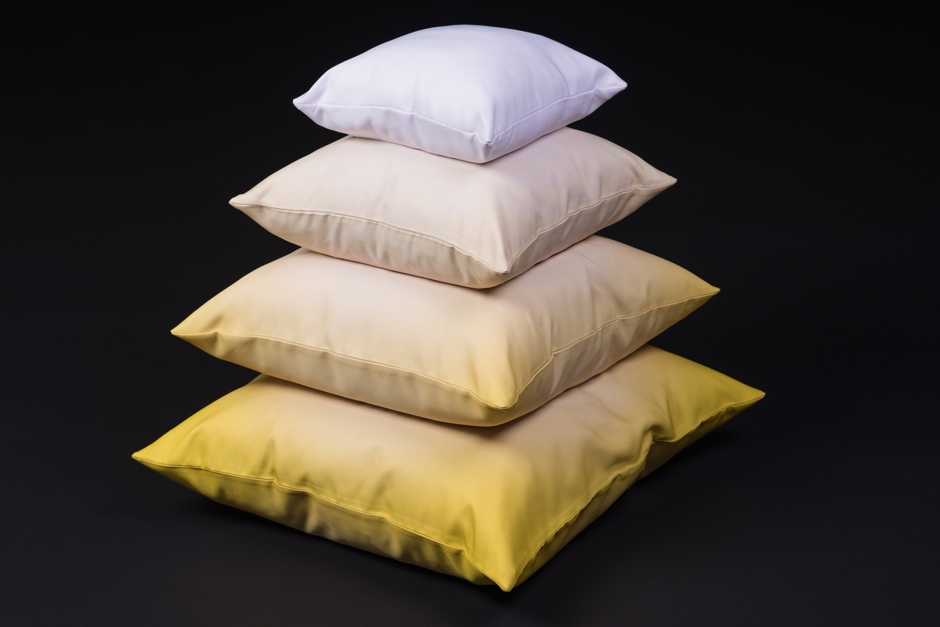
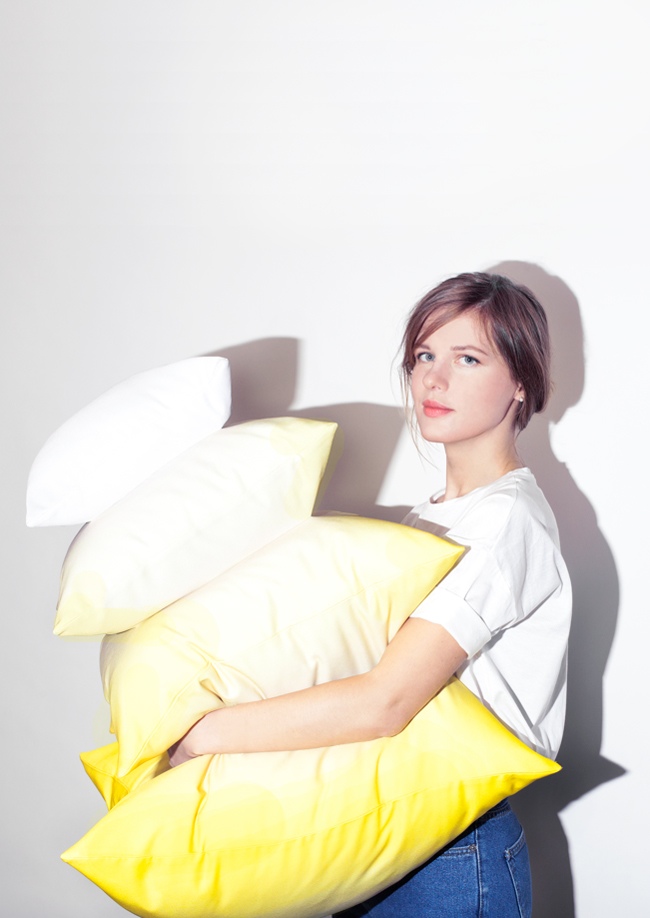
Kokoshnik Kokoshnik, traditional Russian headwear for special occasions, in modern interpretation became an inflatable headwear. Initially it symbolized protection and was a kind of woman’s helmet. Modern Kokoshnik protects your hairdo from the rain.
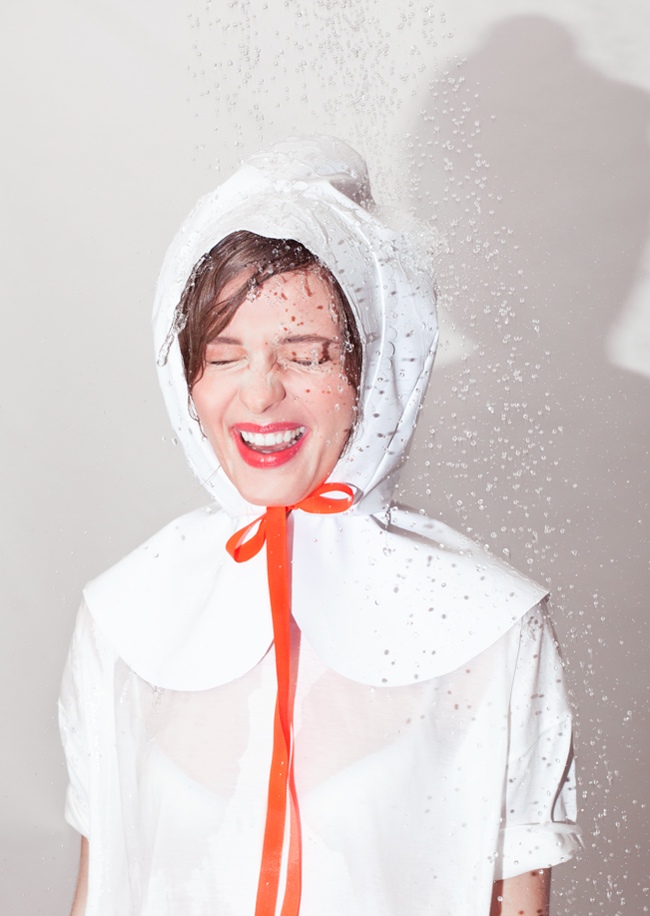
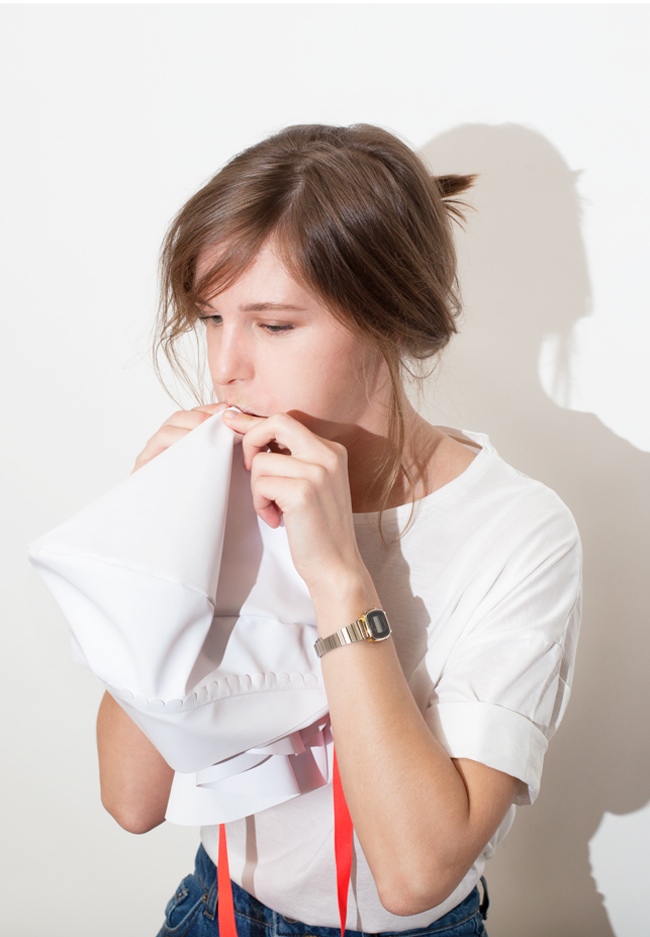
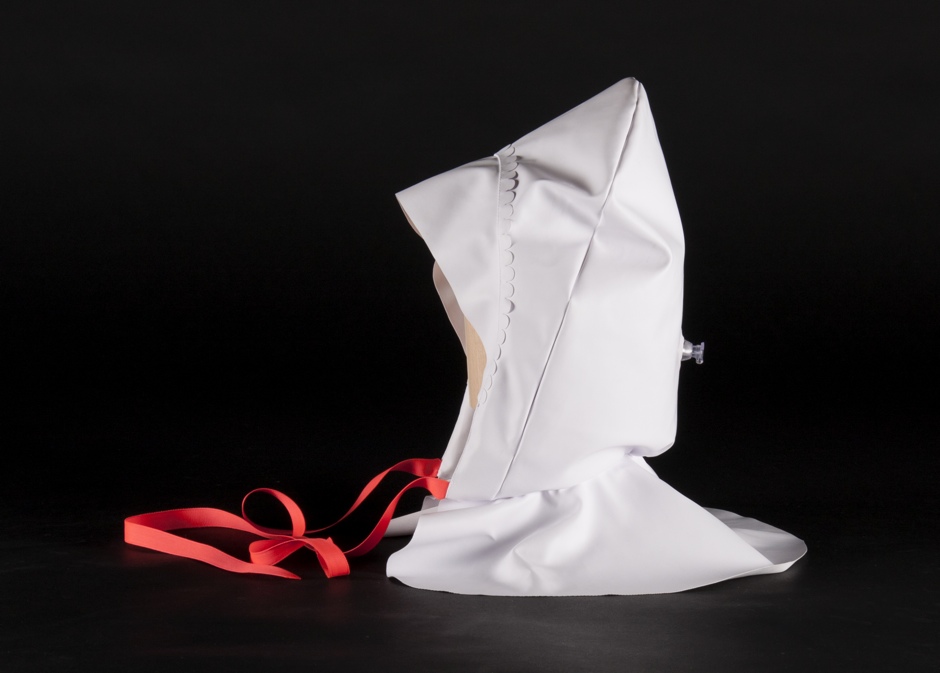
Yaroslav Misonzhnikov
Treschotka Folk music instrument treschotka is made of thin planches fixed together with a rope. In ancient culture, this instrument possessed a mystical function in addition to musical, the sound kept evil spirits away. Rocking horse for children Treschotka not only follows the folk instrument in its unusual structure, but also sounds.

Odnosvechnik This candle holder is inspired with an unusual appliance found in a traditional Yakutian dwelling and displayed now in The Russian Museum of Ethnography in Saint-Petersburg. Odnosvechnik is made of marble, adjustable wooden base inside can lift the candle higher and fix on one of three levels. Due to this, you can keep the flame on the same level for a long time
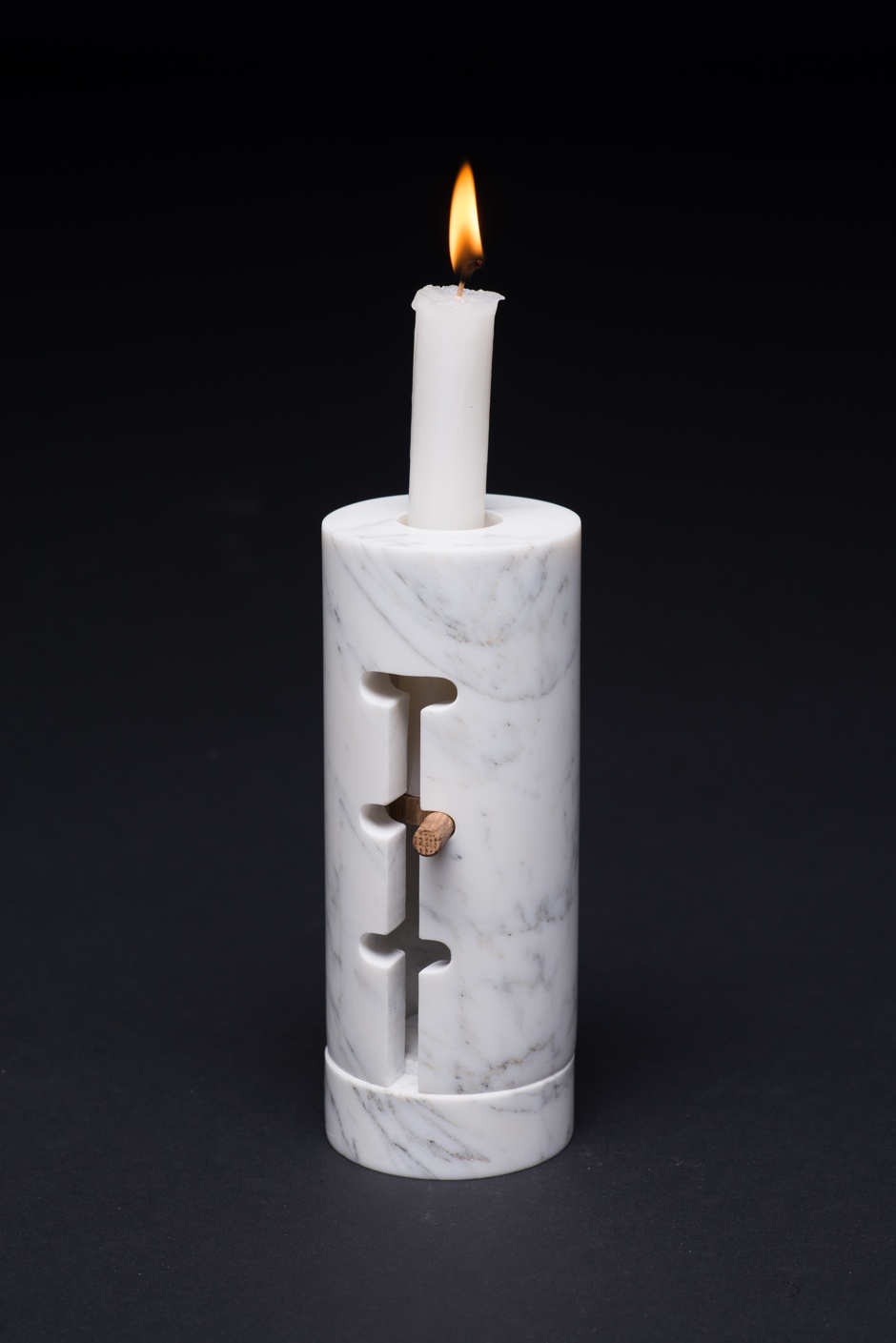
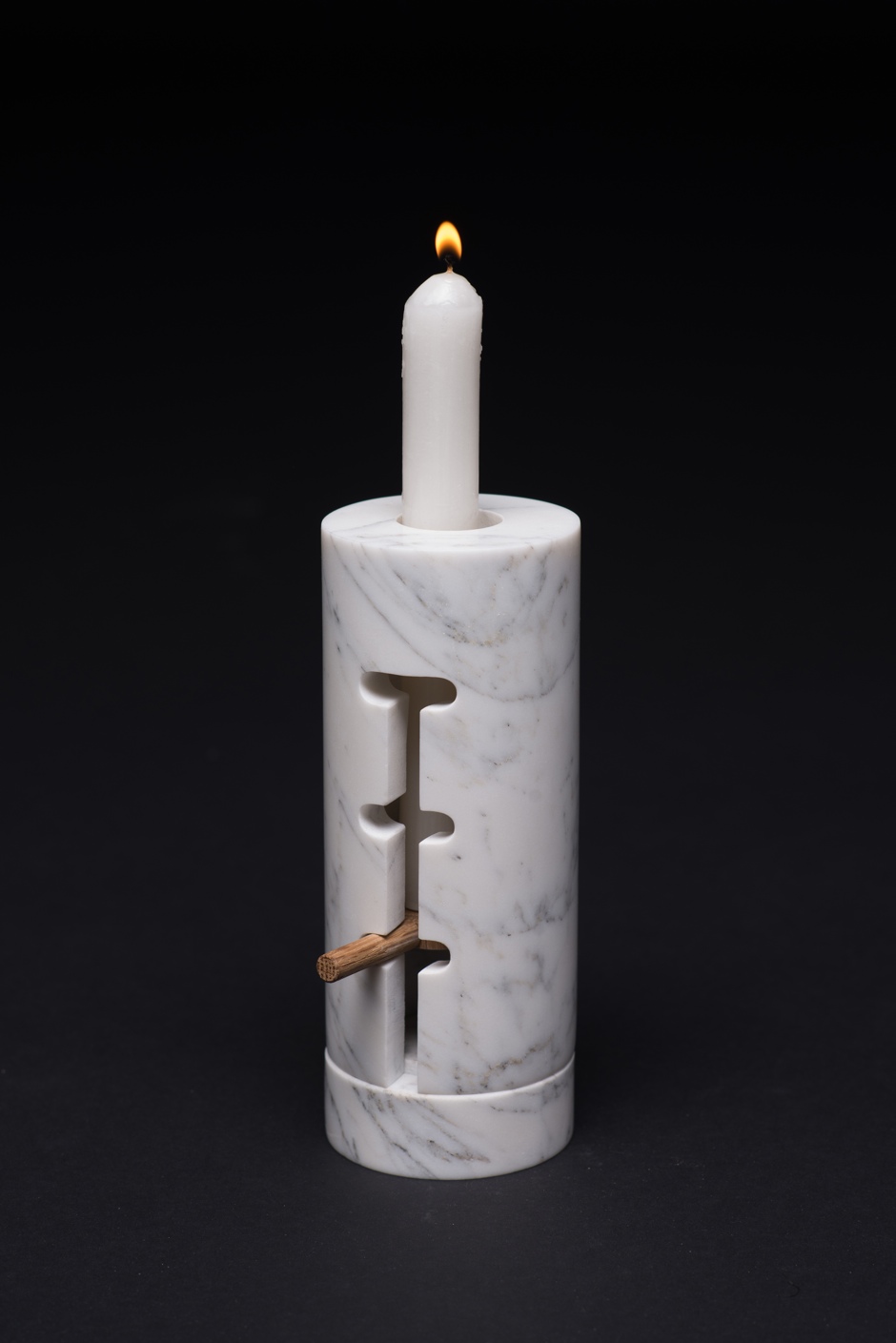
Maxim Scherbakov
Pridanoe Pridanoe is Russian for dowry. In traditional culture, it was very important to prepare a good and substantial dowry for a bride. Families were accumulating household items, clothes and valuables for many years in a number of chests. Chests were stacked one on top of the other on the floor of on a bench. Pridanoe is a modern interpretation of an old Russian tradition, a set of various containers with a bench stand. Details are decorated with gold plate, typical material for traditional Russian culture.
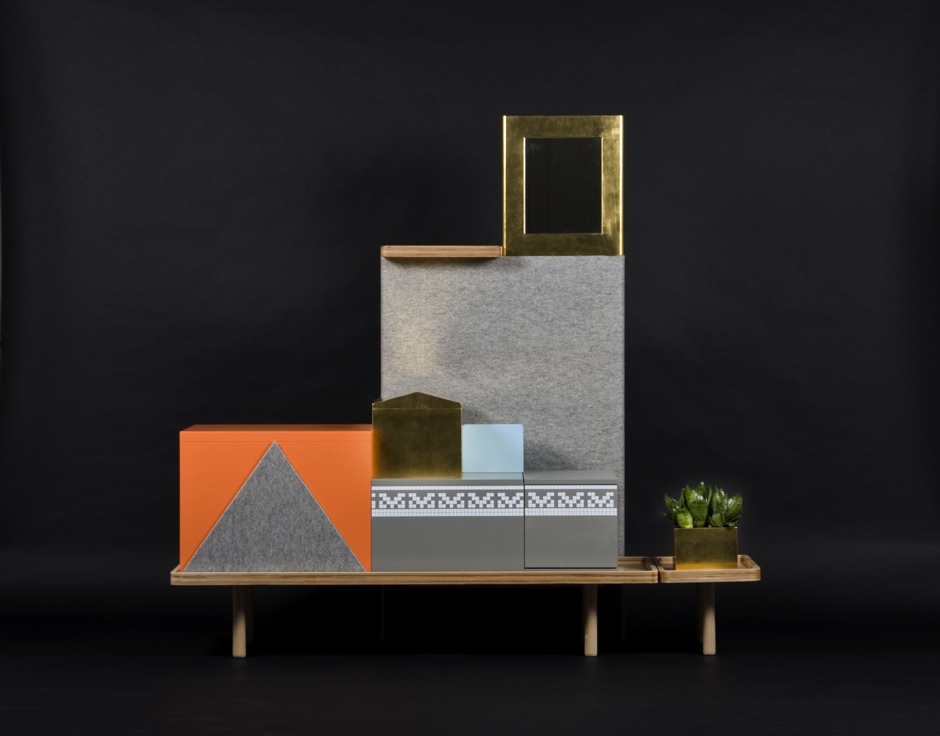

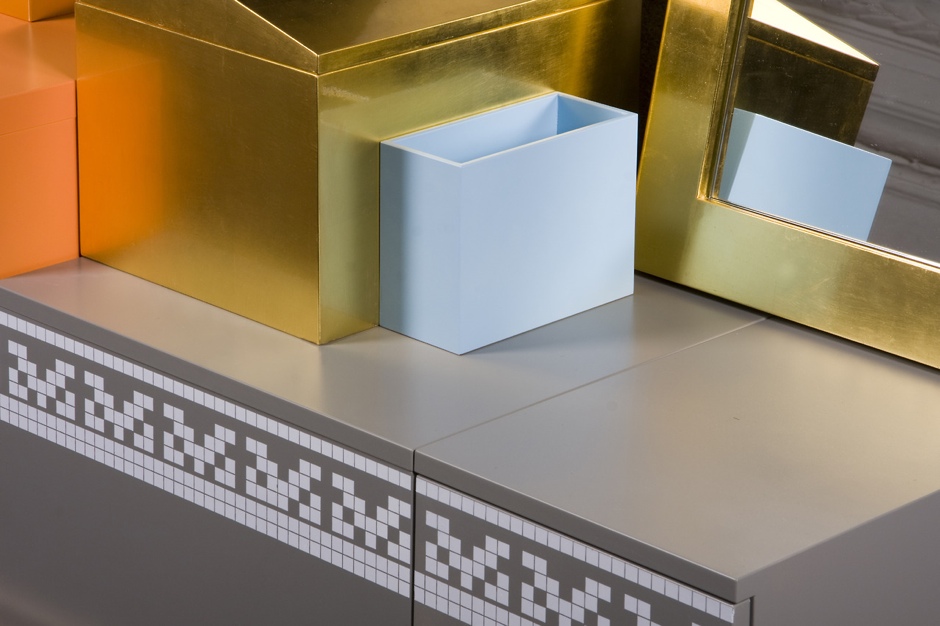

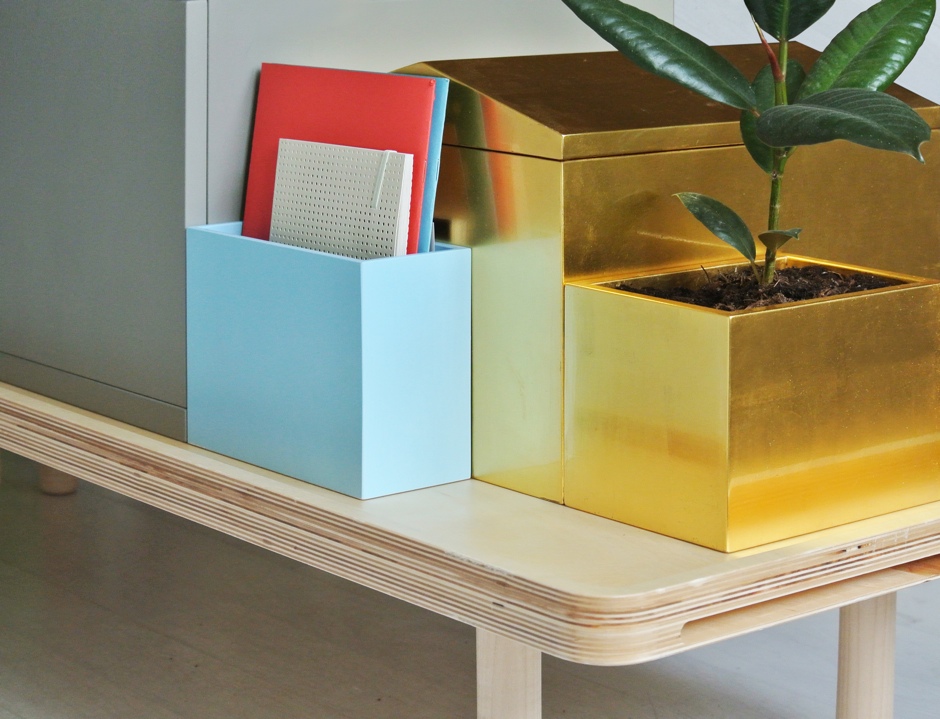
Aleksey Galkin
Shkatulka is Russian for casket. Caskets with a ‘secret’, special opening mechanism, were much appreciated in Russia from ancient times and were used for keeping valuables and important items. Storage kit Shkatulka is a system consisting of several containers. You can change their combination depending on the functional needs. Secret lock will take care of privacy.
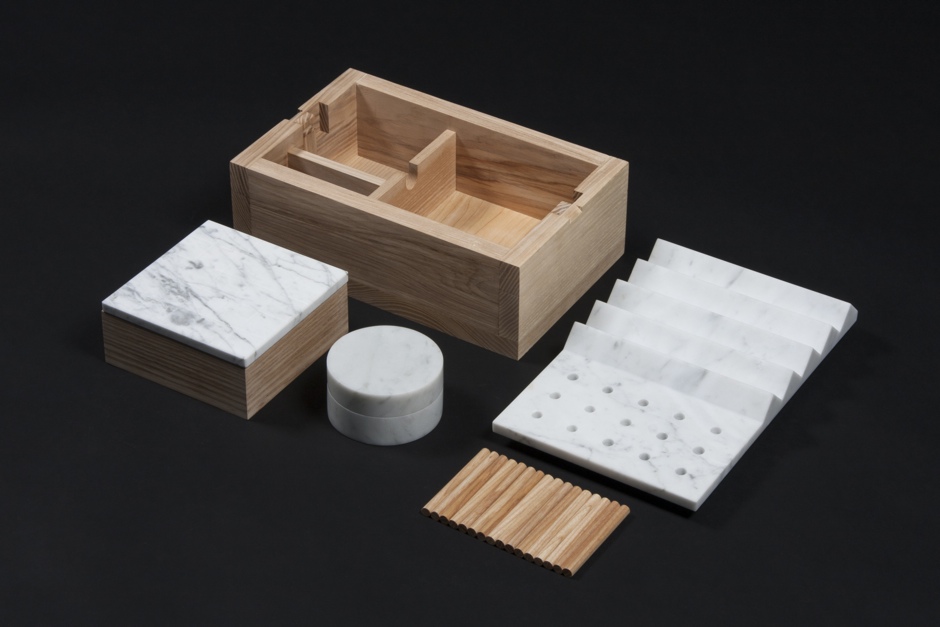
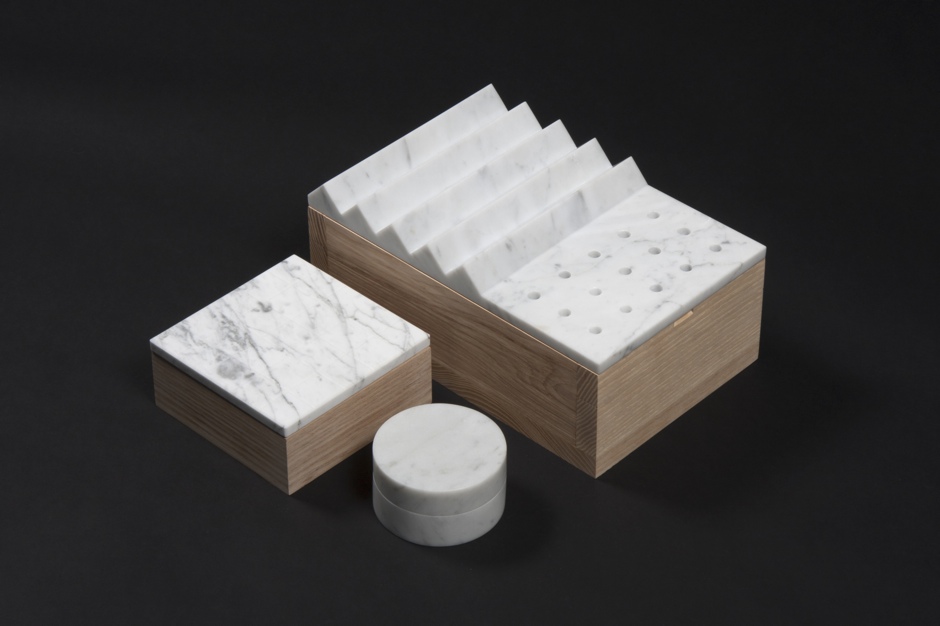
Sveta Gerasimova
Rusalka & Rusal Rusalka is one of the most romantic images in Slavic mythology. A female humanlike being, it can be compared to a West European mermaid. Rusalkas hide all autumn and winter in rivers, and come out to spend the summer in the fields and forests. They play among the ripening ears of corn, swing on the branches of the trees and spellbind careless young men. According to less known folk stories, male rusalkas also exist. This became a starting point for a new story told in printed textiles.
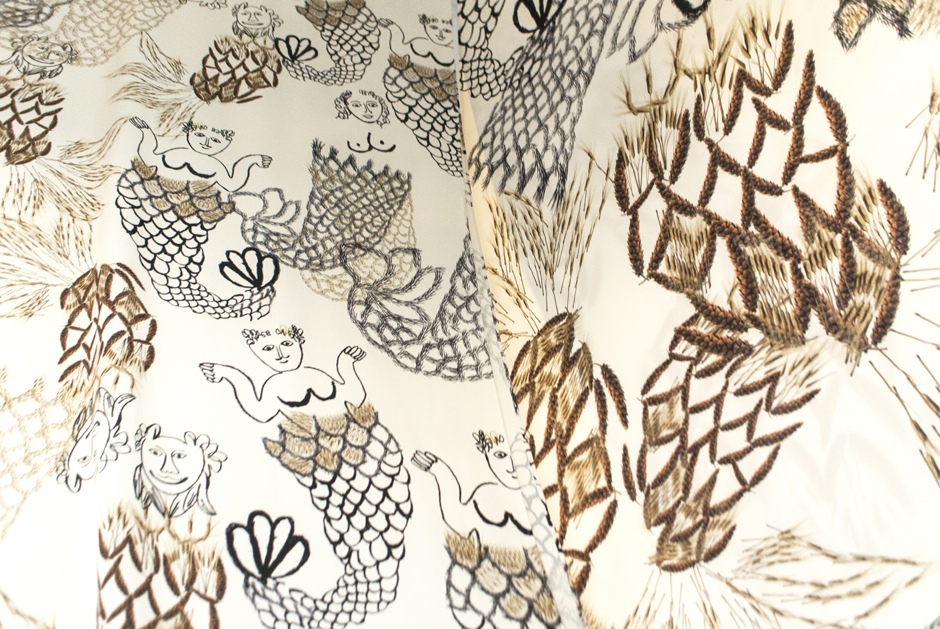
Project curator: Tatiana Kudryavtseva - Design Gallery/Bulhaup St. Petersburg Graphic designer: Anna Kulachek Photographer: Mitya Ganopolsky


